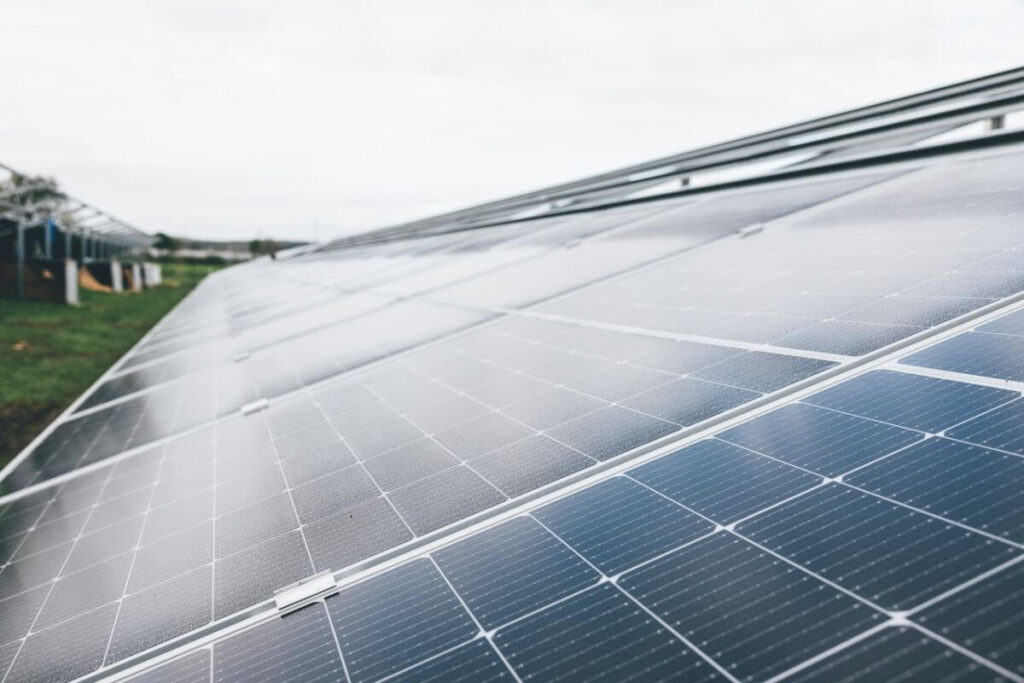Recently there have been a lot of debates regarding the need for an energy transition. One way to accelerate this is through a photovoltaic farm, as it produces renewable energy. If you are not familiar with the term yet, we will try our best to explain it in this article.
What is a photovoltaic farm?

A photovoltaic farm is a huge photovoltaic installation, usually on the ground (sometimes on water), which has been set up to produce solar energy on a large scale. To make it work properly, several inverters, centralised control system, high-voltage transformers and of course lots of interconnected modules must be installed. The farm’s task is to capture as much sunlight as possible and convert it into electricity to supply as many buildings as possible and still sell the energy to the electricity grid. This is possible because thousands of watts of electricity are generated per second.
How does a photovoltaic farm work?

A farm usually consists of thousands of solar panels connected with each other by electrical wires grouped in several areas. Depending on their characteristics, photovoltaic farms have the capacity to generate different amounts of power. In addition to capturing sunlight, the panels store the solar energy in large battery fields for later use. Furthermore, as the panels are equipped with brackets, it is possible to adjust their tilt angle from 15° to 45° depending on the position of the Sun and the season, ensuring optimal energy output for 365 days.
It is estimated that a well-developed solar farm can provide electricity for more than 250 000 people per year and it can also reduce carbon dioxide emissions by 215 000 tonnes per year. Such solutions seem to be a great contribution to the European Union’s efforts to reduce climate change and increase the role of sunlight.





